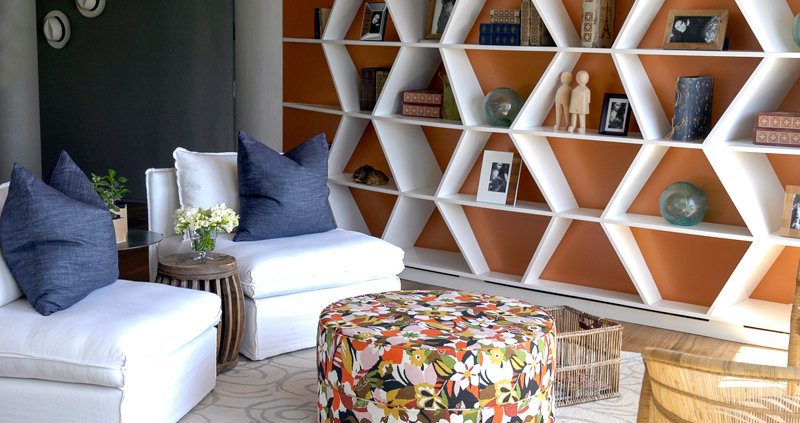Your First Interior Design Consultation: What to Anticipate
An interior design consultation can feel like stepping into uncharted territory—will it be chatty or strictly professional? Will you leave inspired or overwhelmed? Let’s break down what usually happens, why each step matters, and how you can get the most out of it.
Friendly Introductions (But Not Just Small Talk)
You’ll meet residential interior designers in Cape Town —ideally in person, sometimes over video. Beyond exchanging names, they’ll ask about your lifestyle: How do you use the space? Who lives here? What makes you feel at home? This isn’t idle chatter; it’s the seed for personalized solutions. Think of it as giving them a map to your tastes.
A Quick Tour (Or Digital Walk-Through)
Next comes the reveal: you show them around. Point out quirks you love or pain points you can’t stand. Maybe it’s awkward corners by the stairs or a living room that feels disconnected from the kitchen. Jargon alert: they’ll note circulation paths and traffic flow—fancy terms for how people move through a room. It helps them sketch layouts that feel natural.

Inspiration and Aspirations—Mood Boards, Anyone?
Designers often bring examples—fabric swatches, color chips, photos. You might pin things to a digital mood board or spread them out on a table. This playful part sparks ideas: which textures catch your eye? Are you drawn to matte surfaces or glossy finishes? Sure, it’s where aesthetics come alive, but it’s also where your practical wants—storage, durability, lighting—get woven in.
Budget Talk (Yes, It Happens Early)
Money talk can be awkward, but it’s crucial. Your designer needs to know your budget range to suggest materials and labour that won’t leave you broke. They might outline cost brackets: entry-level, mid-range, high-end. You’ll walk away with a ballpark figure and a sense of where to allocate funds. It feels frank—and it should; transparency avoids nasty surprises later.
Timeline and Process (A Gentle Reality Check)
Ever wondered how long it takes to go from spark to finished room? In this phase, your designer explains milestones: concept development, sourcing materials, hiring contractors, installation. You’ll get a rough calendar. A minor renovation could wrap up in weeks; a major overhaul may stretch into months. No sugarcoating—just realistic expectations.
Scope of Services (Defining Roles)
Who does what? Some designers handle everything: floor plans, ordering, overseeing tradespeople. Others stick to concept and leave execution to you. You’ll clarify deliverables: detailed drawings, shopping lists, colour consultations, site visits. It’s like splitting chores before a move—everyone knows their duties.
Q&A and Next Steps (Your Turn to Speak Up)
At the end, you’ll have time to ask burning questions: How often will we meet? What happens if a sample doesn’t arrive? Can we tweak plans mid-project? It’s your last chance to surface concerns. Then you’ll discuss the next move—signing a proposal, paying a retainer, or scheduling a follow-up.
But Wait—There’s More
Sometimes consultations include quick tech tests: checking Wi‑Fi for smart lighting, assessing power outlets for appliances, or exploring acoustic needs if you stream music. It shows how interior design straddles art and engineering. And yes, if you’ve opted for local expertise, you might find yourself chatting about where to source custom cabinetry in your area.
Ultimately, a great Cape Town interior design consultation blends rapport, expertise, and clarity. You’ll walk away knowing your designer understands your world and has a plan to transform it.




Leave a Reply
Want to join the discussion?Feel free to contribute!